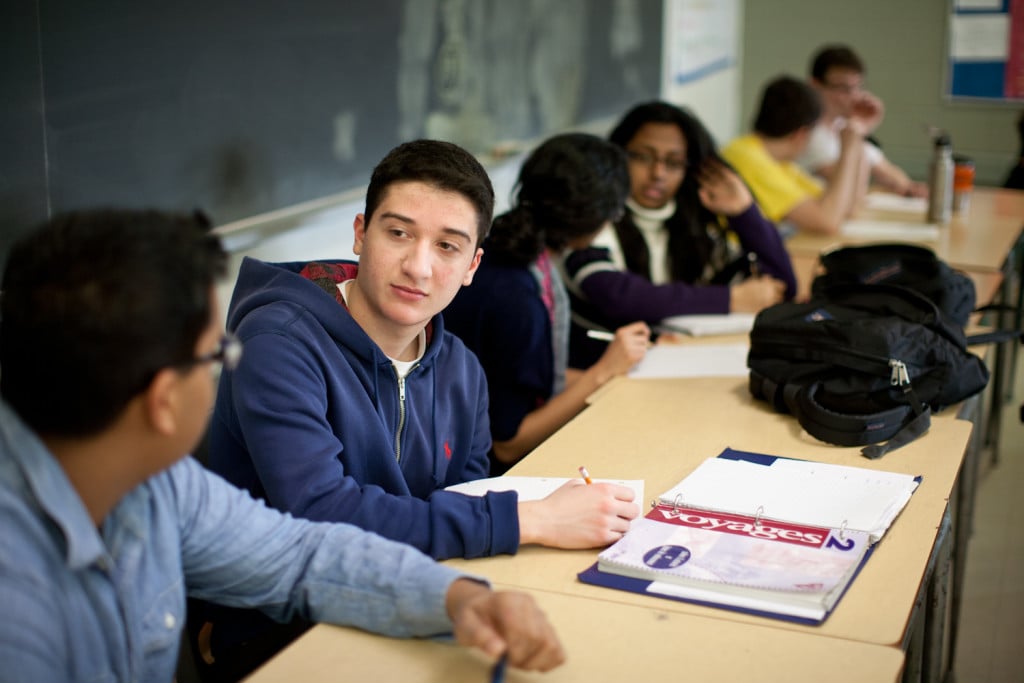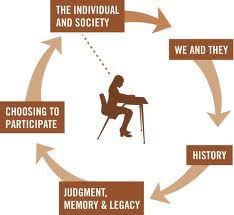One of the questions that we often struggle with as teachers, and even more so as teachers that cover issues of genocide, is How do we even begin to understand something that is so far removed from most of our personal experiences?
Lanny Cedrone
Recent Posts
From Understanding to Upstander: Inside a Genocide Studies Classroom
Posted by Lanny Cedrone on April 13, 2015
Topics: Choosing to Participate, Safe Schools, Identity, Strategies, Genocide and Crimes Against Humanities Course, Lesson Ideas, Inside a Genocide Classroom
Finding Hope: How One Student Woke Me Up To Why I Teach Genocide Studies
Posted by Lanny Cedrone on April 10, 2014
“Sir, it keeps happening again and again. We don’t learn. I don’t think we’re going to get better. There doesn’t seem to be much hope.”
Three years ago a grade 12 student said this to me in my West and the World class. Every so often it echoes in my head. She was doing a research paper on Rwanda and the United Nations, and had done a significant amount of reading on the topic and she was passionately upset about how the world had allowed the Rwandan Genocide to happen.
Topics: Innovative Classrooms, genocide, Genocide and Crimes Against Humanities Course, Lesson Ideas, CHG, Inside a Genocide Classroom, Social Justice, reflection
Inside a Genocide Studies Classroom: Where to Begin? Identity
Posted by Lanny Cedrone on April 3, 2014
With any new course, teachers will often ask themselves, “Where do I begin?” This is an even more daunting question when dealing with such a difficult subject as genocide. In my preparation for teaching the Grade 11 Genocide and Crimes Against Humanities course at Louise Arbour Secondary School, I asked myself, “How can the students and I relate to situations that are so extreme and beyond most of our experiences?”
Topics: Identity, milgram, We and They, Strategies, Genocide and Crimes Against Humanities Course, Inside a Genocide Classroom


